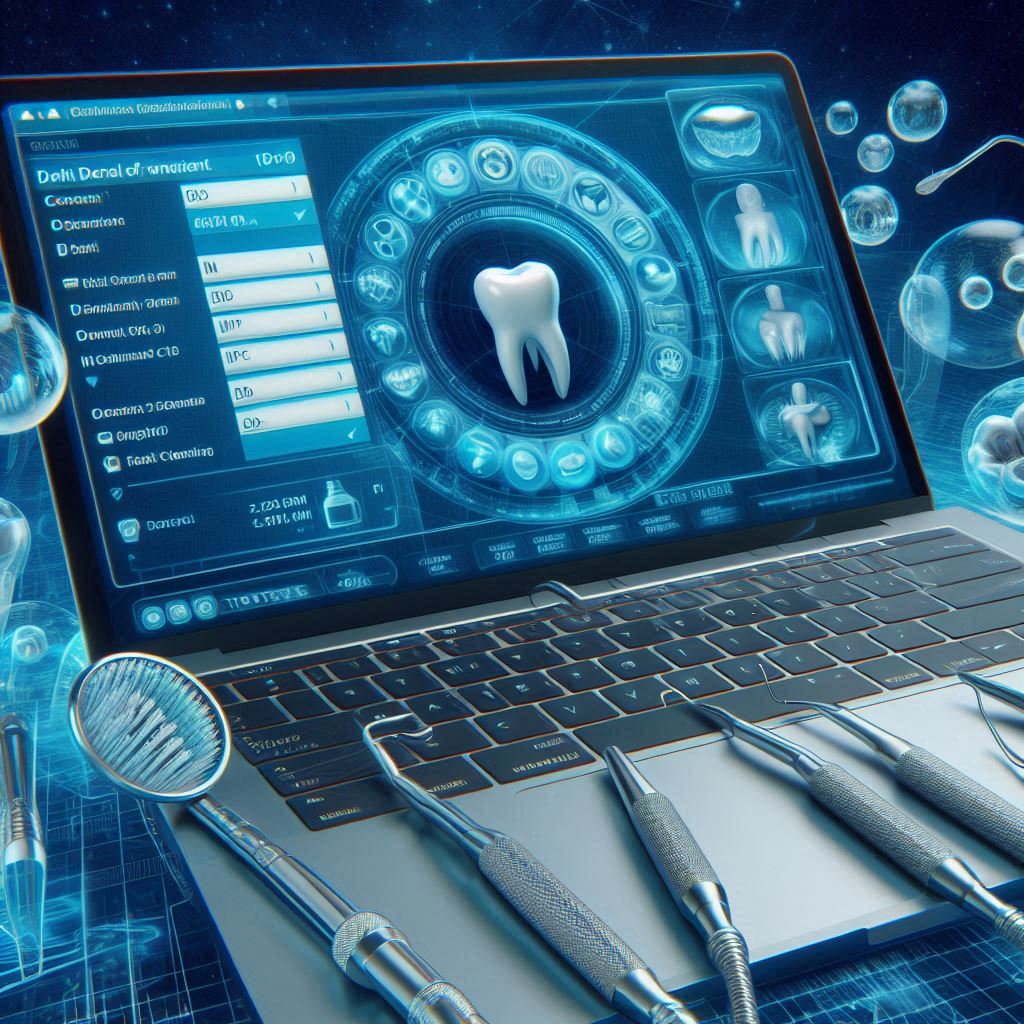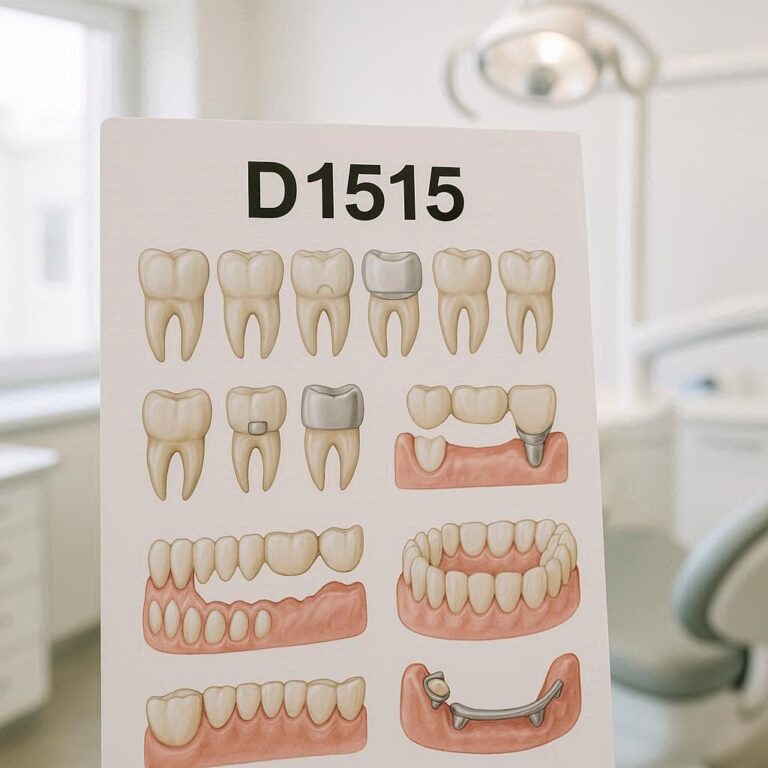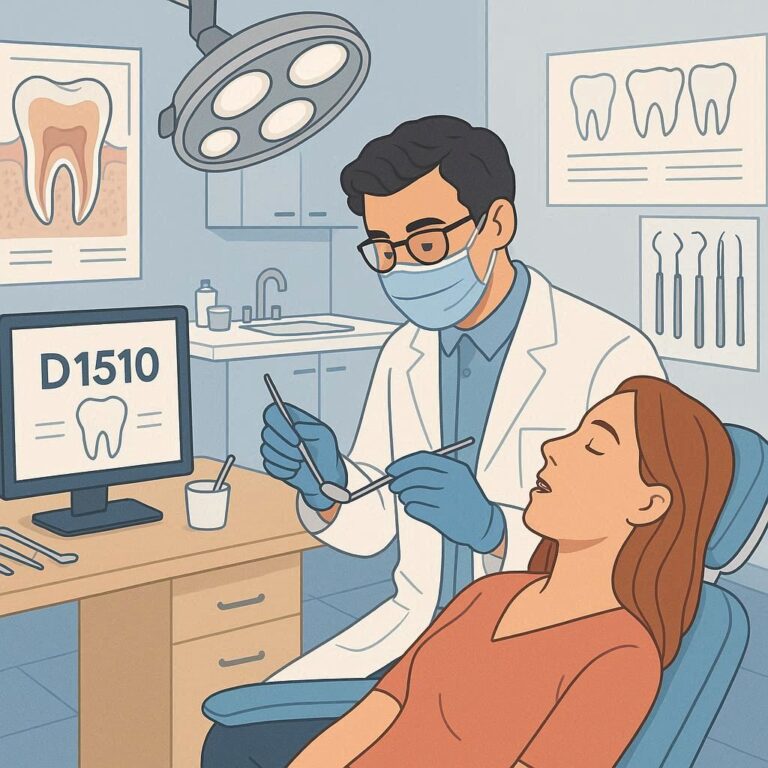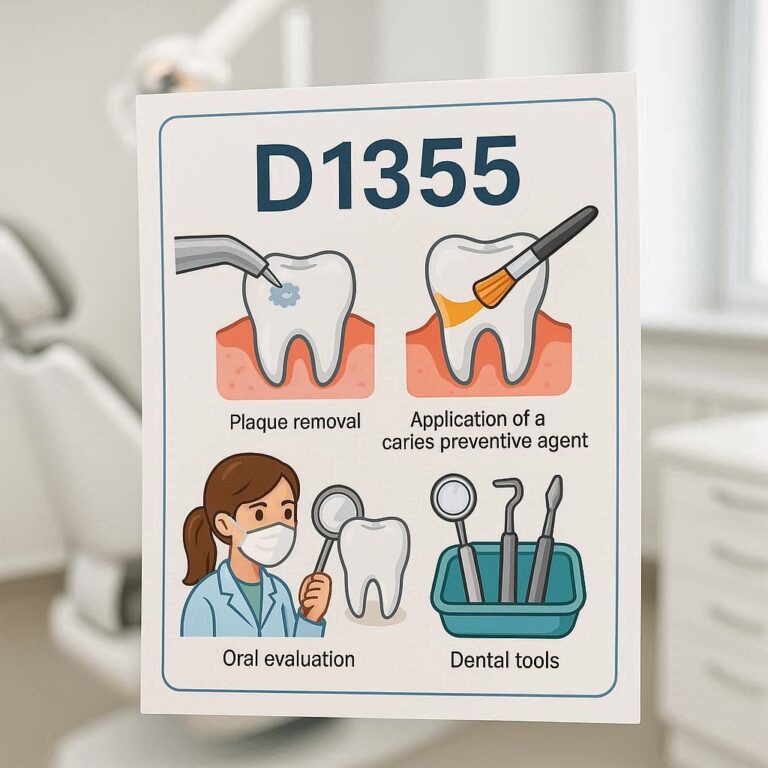ICD-10 Code for Dental Checkup and Cleaning
Regular dental checkups and cleanings are essential for maintaining oral health, preventing cavities, gum disease, and even systemic health issues. However, dental professionals and billing specialists must accurately document these visits using the correct ICD-10 (International Classification of Diseases, 10th Revision) codes to ensure proper insurance claims and reimbursements.
This comprehensive guide explores the ICD-10 codes for dental checkups and cleanings, their significance in dental billing, insurance implications, and best practices for coding accuracy. Whether you’re a dentist, dental hygienist, billing specialist, or a patient curious about dental coding, this article provides in-depth insights to help you navigate the complexities of dental ICD-10 codes.

2. Understanding ICD-10 Codes in Dentistry
The ICD-10-CM (Clinical Modification) system is used globally to classify medical diagnoses, symptoms, and procedures. In dentistry, these codes help standardize patient records, insurance claims, and statistical reporting.
Key Features of ICD-10 Codes in Dentistry:
- Alphanumeric Structure: Codes begin with a letter (usually “K” for dental conditions) followed by numbers.
- Specificity: ICD-10 allows for detailed documentation (e.g., distinguishing between gingivitis and periodontitis).
- Insurance Compliance: Correct coding ensures claim approvals and reduces denials.
3. Importance of Dental Checkups and Cleanings
Preventive dental visits help in:
- Early detection of cavities, gum disease, and oral cancer.
- Plaque and tartar removal, reducing the risk of periodontal disease.
- Systemic health benefits (poor oral health is linked to diabetes, heart disease, and stroke).
Despite their importance, many patients skip dental cleanings due to cost concerns—making accurate ICD-10 coding crucial for insurance coverage.
4. Common ICD-10 Codes for Dental Checkups and Cleanings
While there is no single ICD-10 code for “routine dental cleaning,” dentists use diagnostic codes that justify the medical necessity of the procedure. Below are the most relevant codes:
Table: Common ICD-10 Codes for Dental Checkups & Cleanings
| ICD-10 Code | Description | Usage |
|---|---|---|
| Z01.20 | Encounter for dental examination without complaint | Routine checkup, no symptoms |
| Z01.210 | Encounter for dental examination with abnormal findings | Checkup with detected issues (e.g., cavities) |
| K05.00 | Acute gingivitis, plaque-induced | Justifies cleaning for gum inflammation |
| K05.10 | Chronic gingivitis, plaque-induced | Ongoing gum disease requiring cleaning |
| K12.2 | Cellulitis and abscess of oral soft tissues | If infection is present |
| K02.9 | Dental caries, unspecified | If cavities are found during exam |
| Z96.5 | Presence of dental prosthetic device (e.g., implants, dentures) | For patients with dental work needing maintenance |
5. Differences Between Preventive and Diagnostic Dental Codes
- Preventive Codes (Z01.20, Z01.210): Used when no symptoms are reported (e.g., annual cleaning).
- Diagnostic Codes (K05.00, K02.9): Applied when issues like gingivitis or cavities are found.
Insurance companies often require diagnostic codes to approve claims beyond basic preventive care.
6. How Dentists Use ICD-10 Codes for Billing
- Patient Examination: Dentists assess oral health and document findings.
- Code Assignment: Based on findings, they assign the most accurate ICD-10 code.
- Claim Submission: Codes are submitted alongside CPT (Current Procedural Terminology) codes (e.g., D1110 for adult prophylaxis).
- Insurance Review: Payers verify if the diagnosis justifies the procedure.
Example:
- ICD-10: K05.00 (Gingivitis)
- CPT: D1110 (Adult prophylaxis cleaning)
- Result: Insurance approves cleaning as medically necessary.
7. Insurance Coverage and Reimbursement for Dental Cleanings
- Most insurers cover two cleanings per year (D1110) under preventive care.
- Additional cleanings may require a justifying diagnosis (e.g., K05.10 for chronic gingivitis).
- Medicare does not cover routine dental cleanings unless medically necessary (e.g., prior to heart surgery).
Tip: Patients should verify their dental benefits before scheduling appointments.
8. Frequently Asked Questions (FAQs)
Q1: Is there a specific ICD-10 code for “routine dental cleaning”?
No, but Z01.20 (encounter for dental exam without complaint) is commonly used.
Q2: What if my dentist finds a problem during the checkup?
They will switch to a diagnostic code (e.g., K05.00 for gingivitis).
Q3: Why was my dental cleaning claim denied?
Possible reasons:
- Missing or incorrect ICD-10 code.
- Insurance requires a diagnostic code for coverage.
- Frequency limitations (e.g., already had two cleanings this year).
Q4: Does Medicare cover dental cleanings?
Generally no, unless linked to a medical procedure (e.g., organ transplant).
9. Conclusion
Accurate ICD-10 coding for dental checkups and cleanings ensures proper insurance billing and patient care. While Z01.20 is typical for routine visits, diagnostic codes like K05.00 may be needed for gum disease. Understanding these codes helps dentists maximize reimbursements and patients avoid unexpected costs. Always confirm coverage with your insurer beforehand.
10. Additional Resources
- CDC: ICD-10-CM Official Guidelines
- ADA: Dental Claim Form Instructions
- Medicare Dental Coverage Rules


